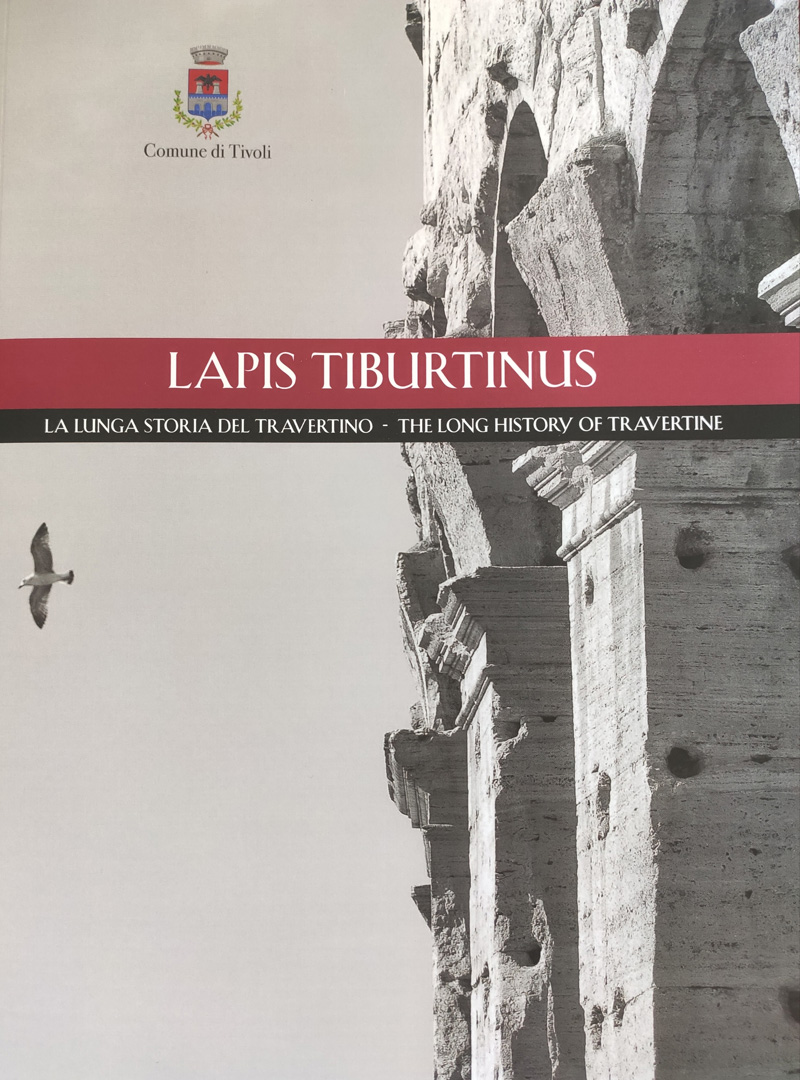It is with great pleasure that the municipality of Tivoli presents the new exhibition at the palace devoted to the City Museum in Via della Missione.
The exhibition premises now extend to the second floor of the palace, where an accurate restoration, coordinated by the 7-th Department of the town administration, was just completed.
On the present occasion all the premises available of the palace are dedicated to an exhibition which will last until the end of August 2020.
The exhibition is of great importance for Tivoli, as it is devoted to a material, travertine, famous and employed all over the world.
It is well known that the word "travertine" is a corruption of the Latin expression lapis Tiburtinus, i.e., the stone of Tivoli, as the most important quarries are located in the territory of the ancient Tibur.
It is a kind of limestone with properties which make it particularly suitable for building. Its use was widespread in the Roman architecture of all times, so that is it also known as "Roman travertine".
It is also extracted in other Italian regions (Tuscany, Marche, Lazio, Campania, Molise), but the quarries in the territory of Tivoli and Guidonia still provide the largest quantity and the best quality of the stone.
For its resistance to weathering, even in the most difficult climates, travertine is an ideal stone for all types of architectural application: structural parts, external coating of facades, floors, fitments, sculptures, etc.
Since ancient Roman times travertine was used for the most important monuments: temples, triumphal arches, theaters. The Coliseum, the most famous and most visited monument of Rome, was built with travertine blocks from Tibur.
In Renaissance and Baroque times many facades of churches and palaces were covered with travertine, and the same lapis Tiburtinus was used for St. Peter's Basilica, the columns of St. Peter's, and the splendid fountains oif Bernini.
As reported in the catalogue of the exhibition, the use of travertine in Rome went on in the 20-th century, with the stately buildings for the Roman World Exhibition (EUR), and it was used in recent times by the most famous architects: at the Ara Pacis museum and the church at TorTre Teste, the Auditorium, and the Mosque.
LAPIS TIBURTINUS. The Long Story of Travertine May 2019 - September 2020 Museo della Città (Piazza Campitelli) - Tivoli (Rome)


 Mariotti Carlo S.p.A.
Mariotti Carlo S.p.A. mariottitravertino
mariottitravertino